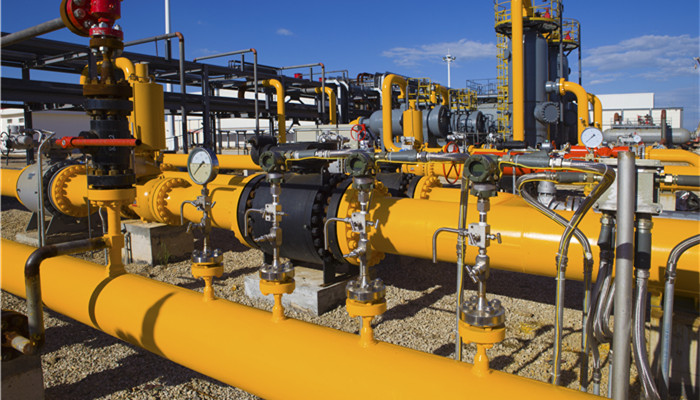
PPS resin has a wide range of applications. my country is the second largest producer in the world.
PPS resin, also known as polyphenylene sulfide resin and polyphenylene sulfide resin, is a subdivided product of polyarylene sulfide resin. PPS resin appears as a white or amber plastic crystalline solid. It has the advantages of high crystallinity, excellent electrical properties, high mechanical strength, and good thermal stability. It is widely used in aerospace, automobile manufacturing, petrochemical industry, mechanical processing and other fields. .
The main raw materials of PPS resin are sodium sulfide and p-dichlorobenzene. my country is the world’s largest sodium sulfide producer, accounting for nearly 80% of the world’s total output. In 2021, my country’s sodium sulfide production reached 1.545 million tons, a year-on-year increase of 7.1%. Para-dichlorobenzene generally refers to 1,4-dichlorobenzene, its chemical formula is C6H4Cl2, and its appearance is white crystalline powder. As production technology gradually develops and matures, my country’s paradichlorobenzene production capacity has rapidly expanded and output has increased significantly, and it will face overcapacity in the future. The sufficient supply of raw materials has laid the foundation for the development of my country’s PPS resin industry. In 2021, my country’s PPS resin output will reach 78,000 tons, a year-on-year increase of 39.6%.
There are many types of PPS resin production methods, including oxidative polymerization, sulfur method, sodium sulfide method, etc. Currently, the sodium sulfide method is the mainstream production method of PPS resin. The sodium sulfide method refers to using sodium sulfide and p-dichlorobenzene as the main raw materials to synthesize PPS resin under high temperature and high pressure conditions. The sodium sulfide method has the advantages of high work efficiency, simple production process, and good quality of finished products, and is suitable for large-scale production. The oxidative polymerization method and the sulfur method are difficult to prepare and have many by-products, and have not yet been widely used.
PPS resin has a wide range of applications, including aerospace, automobile manufacturing, petrochemical industry, mechanical processing, etc. The automobile manufacturing field is the largest demand side for PPS resin, accounting for 47.3%. In the field of automobile manufacturing, PPS resin can be used to produce automobile transmissions, ignitions, exhaust systems, gear boxes, clutches, etc. With the rapid development of downstream industries, my country’s PPS resin market demand is increasingly strong. According to the “2023-2027 PPS Resin Industry In-depth Market Research and Investment Strategy Suggestions Report released by the Industrial Research Center, in 2021 In 2018, my country’s PPS resin demand reached 71,000 tons, a year-on-year increase of 23.5%.
The PPS resin market is highly competitive and the industry is highly concentrated. Belgium’s Solvay Group, Japan’s Toray Co., Ltd. (TORAY), Japan’s Kureha Chemical Industry Co., Ltd. (KUREHA), and Japan’s DIC Co., Ltd. are the world’s leading PPS resin companies, among which Japan’s DIC accounts for nearly 20% of the global market. .
The main PPS resin manufacturers in my country include Zhejiang Xinhecheng Co., Ltd., Shandong Minghua New Materials Co., Ltd., Chongqing Jushi New Materials Technology Co., Ltd., etc. After years of development, my country has become the world’s second largest producer of PPS resin, with production capacity second only to Japan. Industry analysts said that thanks to sufficient supply of raw materials and continuous breakthroughs in production technology, the development speed of my country’s PPS resin industry will continue to accelerate.

 微信扫一扫打赏
微信扫一扫打赏

